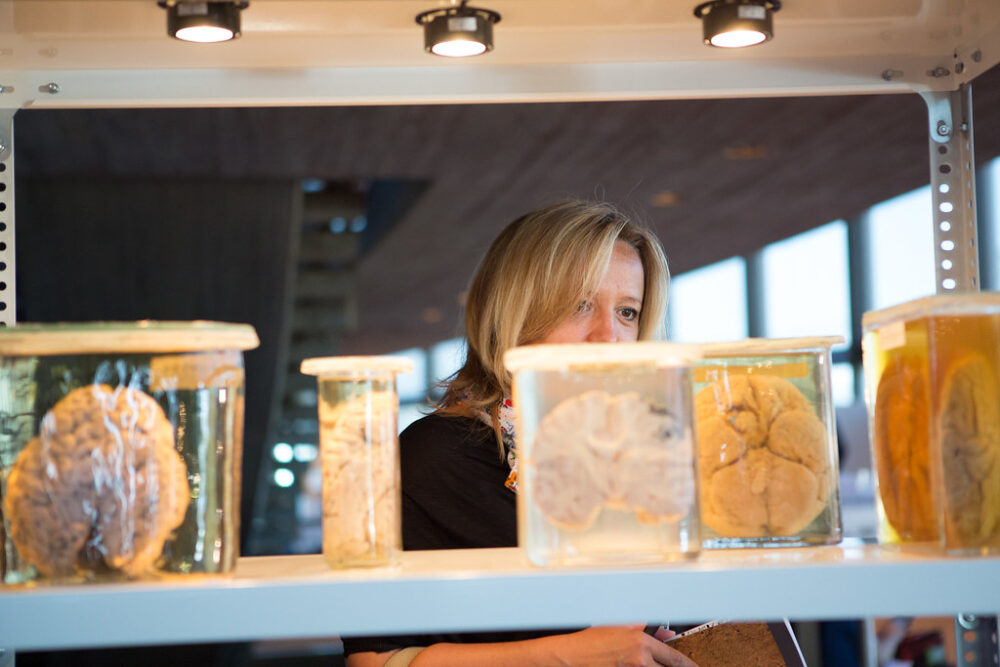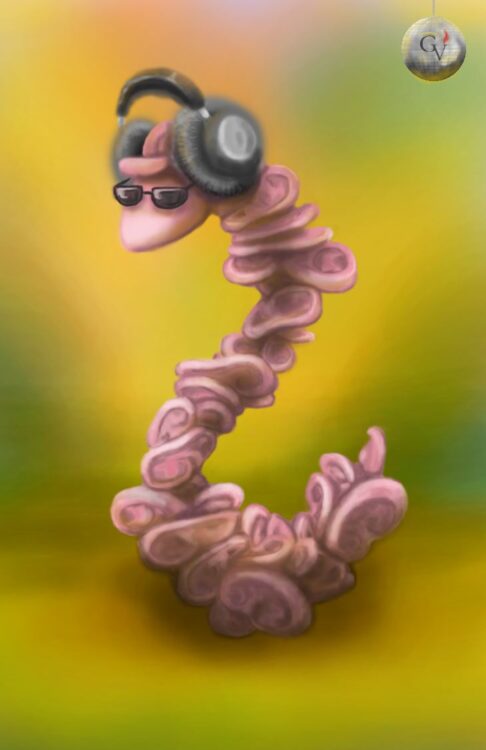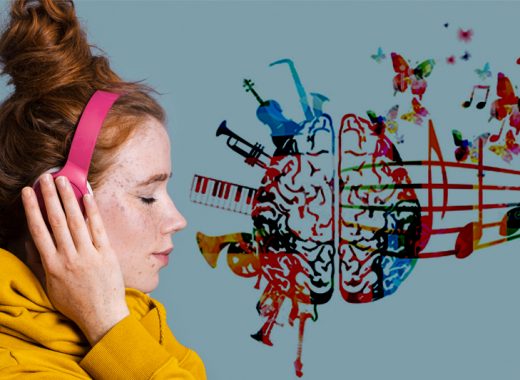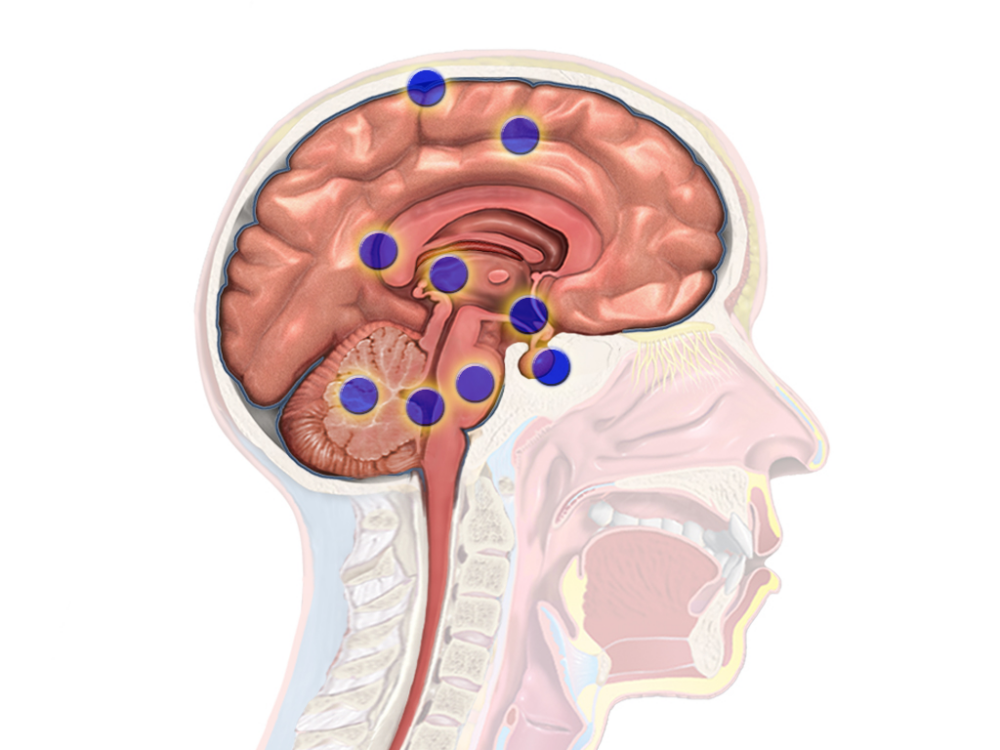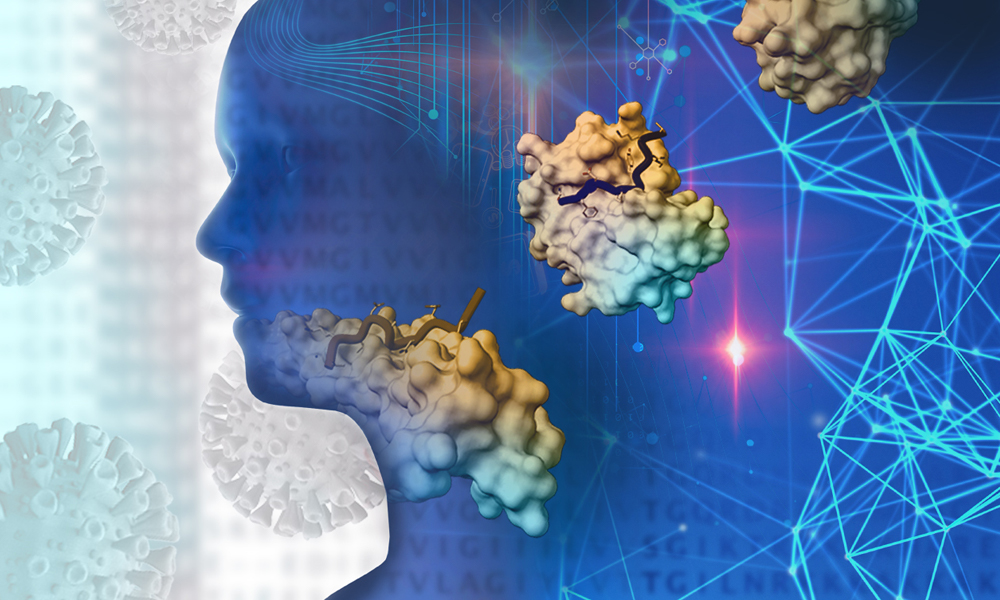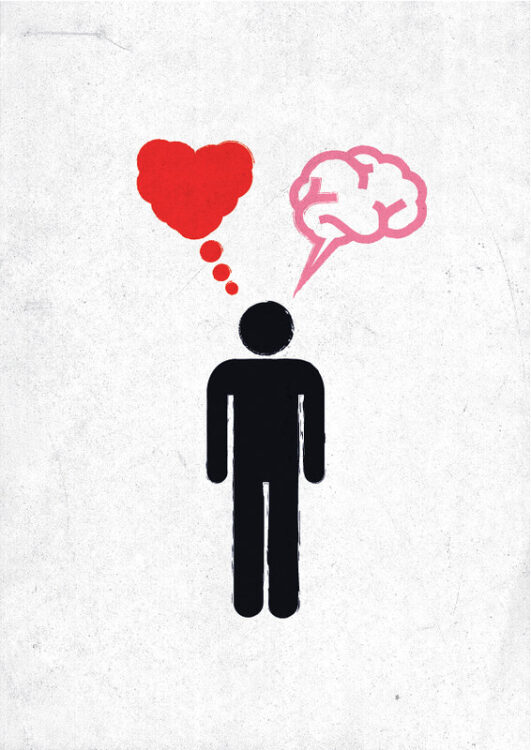What makes a memory worth keeping? Sleep has the choice
When you’re sleeping, your brain starts sorting. It has the important role of deciding whether the memories you made that day are worth saving or throwing away. If you get hired for a new job, your brain will store that information, but what time you put your left sock on this morning isn’t on the […]
What makes a memory worth keeping? Sleep has the choice Read More »

